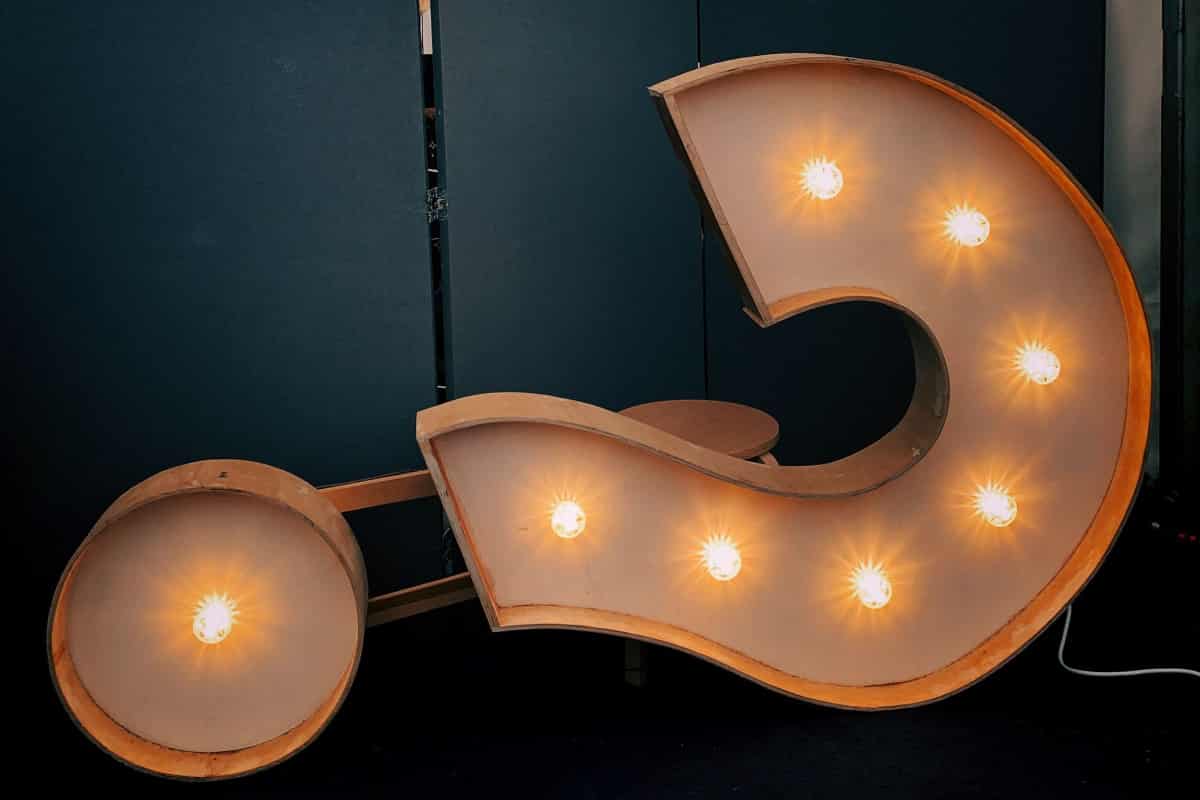Erina is a legal technology intern at Lawpath. She is currently studying a Bachelor of Laws with a legal futures and technology major at University of Technology Sydney. Her interests are in legal tech, commercial law, and Asian legal systems.
Through the use of blockchain, a Non-Fungible Token, or an NFT, is a token representing ownership of something unique and authentic. That could include a piece of digital art, music, GIF, or video. In other words, a Non-Fungible Token is a digital asset. They have recently become the new craze of the art world due to their unique, one-of-a-kind nature. However, a Non-Fungible Token does not confer ownership of the digital asset to the purchaser in the traditional sense of the word. In this article, we will explain what a Non-Fungible Token is and how they work.
Blockchain
NFTs use blockchain to verify that digital assets are authentic. Blockchain is a distributed ledger or database that contains a link of transactions or information. It’s common use is transacting, as it removes third parties such as banks from intervening in a transaction between two individuals. For example, Bitcoin is a famous by-product of blockchain. However, it also has other uses, as it ensures trust through transparency, accuracy, and immutability.
For more information, you can read our guide ‘Business uses of blockchain beyond bitcoin’
Blockchains distribution means that every node of data is transparent to all participants on the database. This transparency helps to make trust possible. It also uses a consensus protocol to verify data is correct. Nodes compete with one another to validate new transactions, which they then broadcast to other nodes so as to create a new block in the chain. This gives blockchain its accuracy. Blockchain also uses cryptography to make the data immutable. Cryptography involves the use of a complex formula that creates a unique signature or hash pointer. It ensures that if someone tampers with data, the hash pointer won’t work. This unyielding aspect of blockchain creates trust.
Together all these elements ensure that individuals can trust in the exchange or transaction they are engaging with on the blockchain. As it verifies and authenticates, it’s perfect for the sale of digital assets, such as digital art.
For more information, you can read out guide ‘4 things you should know about blockchain’
What does non-fungible mean?
If something is fungible it is mutually interchangeable and can be replaced by other identical items. For example, cash is fungible because the exchange of one $100 for another $100 note still carries the same value. The $100 note can also be exchanged for two $50 notes and the value does not change. On the other hand, an exchange of the Mona Lisa for reproduced copies results in a loss of value; it is non-fungible. NFT’s work in the same way, as it is a token of a unique and authentic digital asset. This makes NFT’s so popular in the art world, as purchasers become owners of a one-of-a-kind piece.
Ownership Issues
Like most other disruptive technologies, NFTs create legal issues, especially regarding intellectual property rights. When someone purchases an NFT representing a piece of art or music, that does not confer full property rights in the art or music to them. Instead, the purchaser has verified ownership of a URL that hosts that material. Though it is true that this URL or file is unique and one of a kind, purchasers may be misled into believing they have intellectual property rights in that art. Instead, the purchaser has rights only to the NFT, meaning they can only trade that URL or file with others.
The copyright and intellectual property rights remain with the creator of the NFT. This means they may even be able to reproduce another copy of the NFT. The purchase’s rights and obligations are often set out in the terms and conditions upon purchase. These will usually state that the purchaser does not have any interest in the intellectual property or copyright, as they remain with the creator. It is paramount that purchasers of NFTs understand these rights and obligations so that they don’t risk copyright infringement. This uncertainty and lack of ‘real’ ownership may make NFT’s less attractive for some purchasers.
For more information, you can read our guide ‘A user’s guide to copyright in Australia’
Conclusion
It is unclear whether NFTs will endure as an attractive and lucrative form of investment. Nevertheless, it appears that the potential innovative uses of blockchain are endless. It is paramount that those engaging in these new digital fads understand that the environment is uncertain and volatile before they take on risk.






